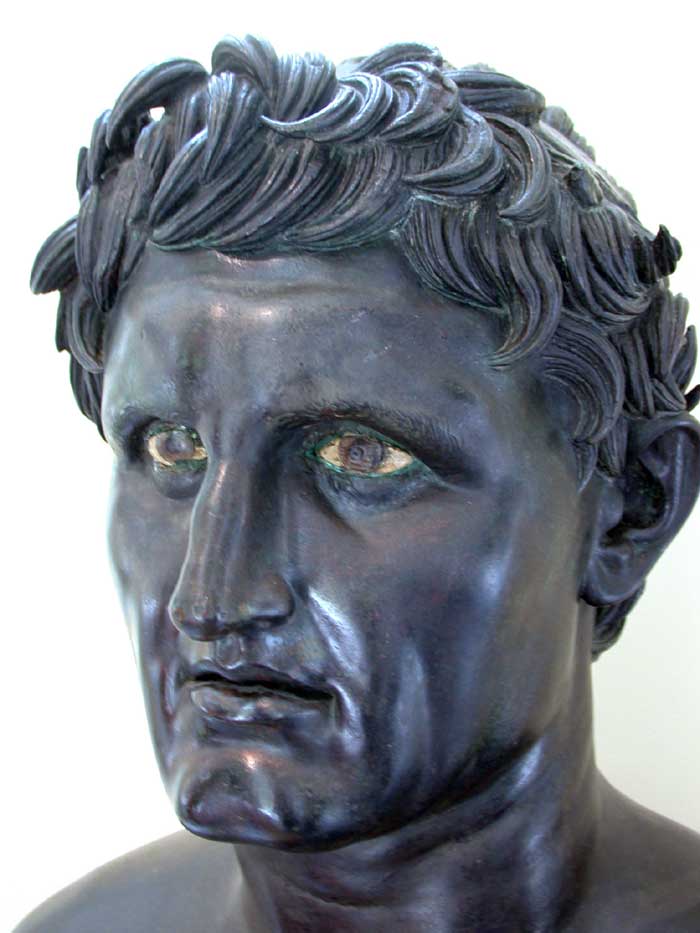Seleucid Dynasty
Alexander the Great

The conquest of Persia by Alexander the Great’s armies marks a major turning point in the history of the vast region lying between the Euphrates and the laxartes. It is the beginning of a long period of Hellenization which was to have a far-reaching effect on culture and the arts in areas well beyond the actual frontiers of the empire. This conquest, planned by Philip of Macedonia and carried out by his son Alexander (356-323 BC), began with a series of lightning victories-Granica in 334 BC, Issos in 333, and Gaugamela in 331-which left the Persian army in complete disarray. Alexander captured Babylon, Susa and then Persepolis before setting off towards Bactria and Sogdiana in Central Asia, where he founded a number of military colonies. From there, he moved towards the Hindu Kush and India. In 324, having travelled down the Indus as far as its delta, he returned to Babylon where he fell ill and died in 323.
More about Seleucid Empire
The Hellenistic Period: the Seleucid Dynasty
After Alexander death, his former companions in arms, the diadocs, fought among themselves over the partition of the empire. In 301 BC, after the battle of Ipsos, a threefold division emerged, with the Ptolemaic dynasty ruling Egypt, a Macedonian monarchy in Europe and the Seleucid dynasty in the East, with its capital at Antiochus. Founded by Seleucos (358-280 BC), a Macedonian general, this empire covered Mesopotamia, Iran, Syria and Bactria. During the reign of the Seleucids, the empire was to go through a period of intense urban development as a result of a policy of colonization which lead to the establishment of Greek towns or military colonies. While there appears never to have been any forced Hellenization of the native population either by the government or the colonists, certain aspects of Greek culture were nevertheless rapidly adopted. The Greek language, for example, replaced Aramaic as the lingua franca of the empire and continued as the language of trade and commerce long after the fall of the dynasty. The main difficulty which the Seleucid rulers faced was how to maintain the unity of an empire composed of a mosaic of different cultures and ethnic groups, with separatist tendencies, and governed by independent-minded satraps. A new menace was added to this,that of the Parthians, a nomad people of Iranian origin who had settled in the region between the Caspian and Aral seas. In 250 BC, Bactria proclaimed its independence, followed shortly afterwards by Parthia. Antiochos III (223-187) and his successor Antiochos IV (175- 164) attempted to keep the empire together but in 190 BC, the Roman army won a decisive victory against the Persians at the battle of Magnesia. Taking advantage of this weakening of Seleucid power, the Parthians conquered northern Iran and set up their capital at Hecatompylos, near Damghan.
Your feedback is extremely valuable to us, and will be useful for others.
So let us to have your comments.
.....
.....
.....

.jpg)



























